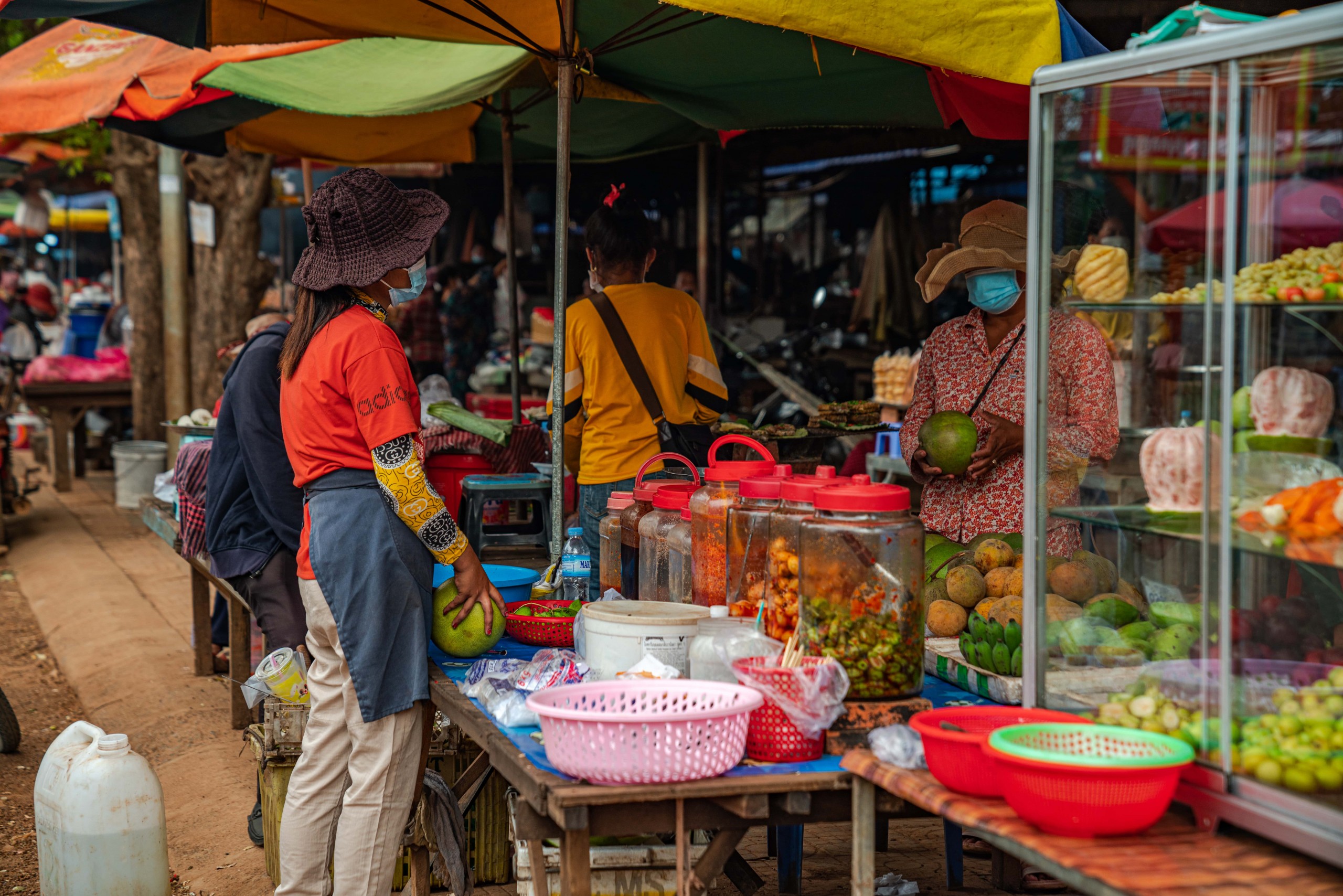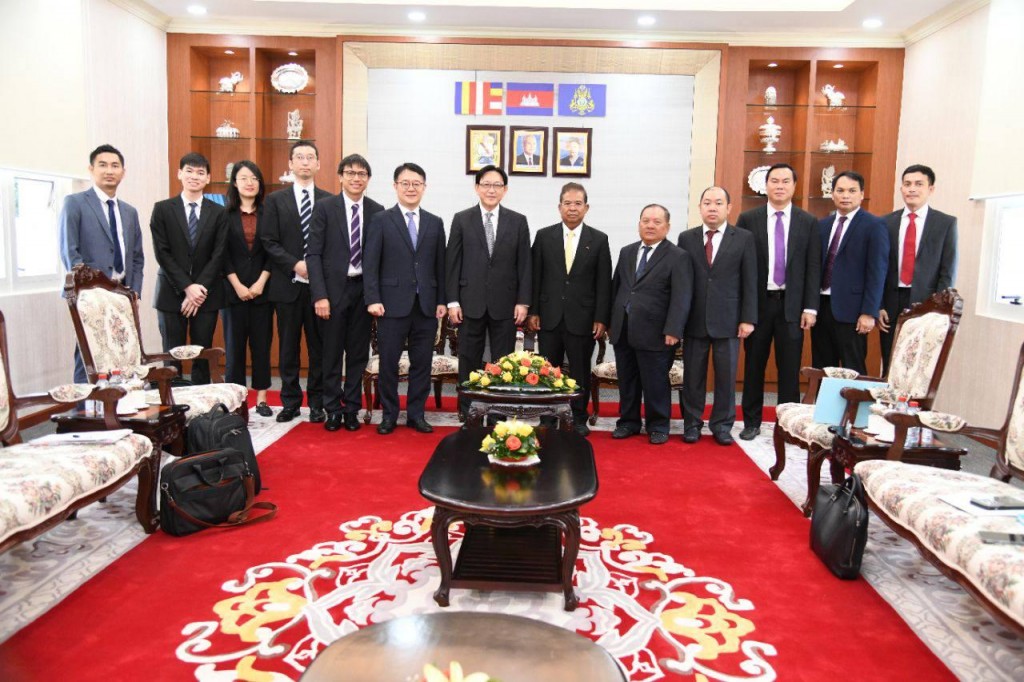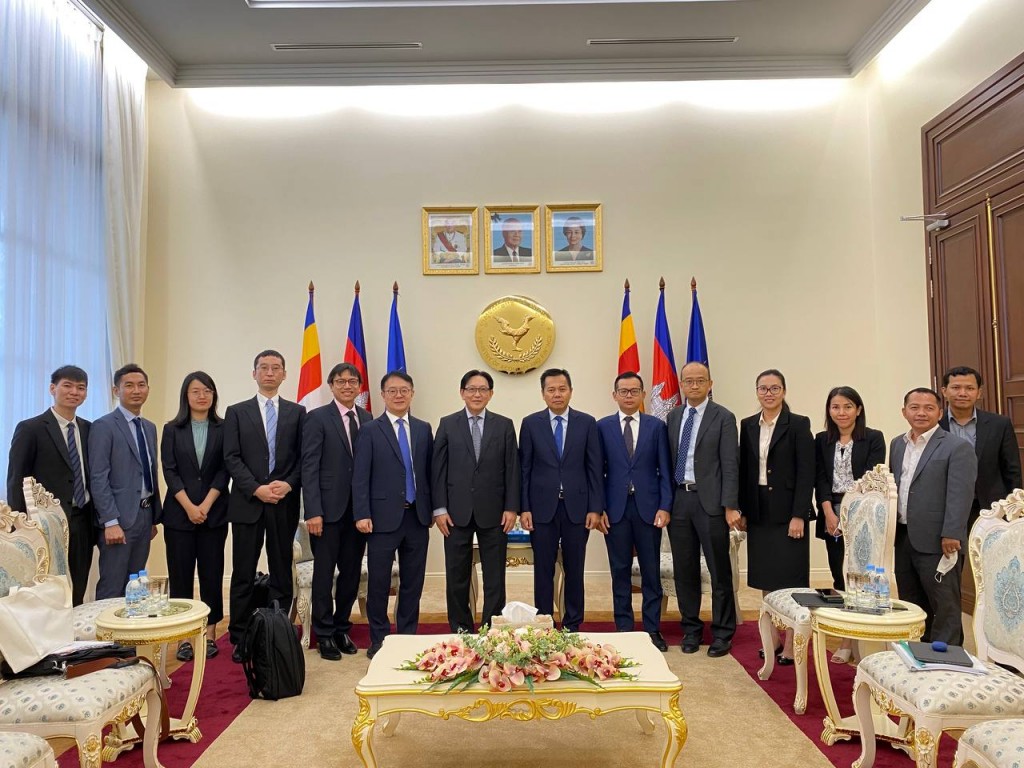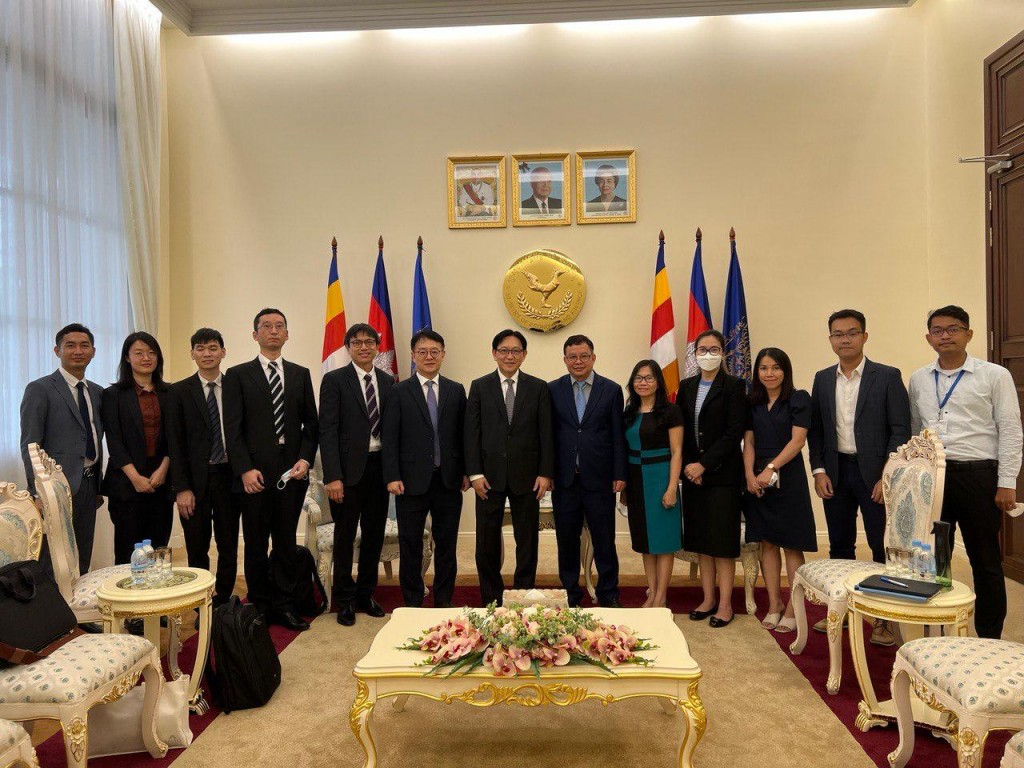
Image: slekrith_footage / Shutterstock.com
SINGAPORE, August 11, 2022 – The Cambodian economy has been resilient. The early lifting of COVID-19 restrictions boosted domestic activity while strong external demand supported its recovery in the first half of 2022. As the economy recovers and COVID-19 becomes endemic, it will be vital to refocus policy toward structural reforms that will help improve the long-term growth potential of the economy.
This preliminary assessment was made by the ASEAN+3 Macroeconomic Research Office (AMRO) after its Annual Consultation Visit to Cambodia from July 20 to August 3, 2022.
The mission was led by AMRO Deputy Group Head and Senior Economist, Jinho Choi. AMRO Chief Economist, Hoe Ee Khor participated in the policy meetings. The discussions focused on the outlook for the post-pandemic recovery, and on sustaining growth while rebuilding fiscal space and maintaining financial stability amid strong headwinds.
Economic developments and outlook
“The Cambodian economy is projected to grow by 5.0 percent in 2022, up from 3.0 percent in 2021. In line with Cambodia’s strategy of living with COVID-19, we expect the domestic economy to continue to improve, supported by high vaccination rates and enhanced health protocols,” said Dr. Choi. “However, the outlook for exports will be challenging as the US and EU are expected to slow down sharply in the second half of this year, which could weigh heavily on the garment sector.”
Consumer price index (CPI) inflation spiked in 2022, reflecting soaring global energy and food prices. The rise in food prices is acutely felt by the population as food accounts for 45 percent of the consumption basket. Average inflation for the first half of this year was 6.6 percent, compared to 2.9 percent last year. Upward price pressures on energy and food products are expected to spill over to other goods, exerting broader inflationary pressures, with CPI inflation forecasted to rise to 5.9 percent in 2022.
The current account deficit widened to an unprecedented level at 45 percent of GDP in 2021, largely due to a surge in gold imports while imports of consumption and intermediate goods also grew robustly in line with the economic recovery. Nevertheless, the overall balance of payments maintained a slight surplus on account of foreign direct investment (FDI) inflows, external borrowing, and drawdown in offshore deposits.
Risks, vulnerabilities, and challenges
There are downside risks to Cambodia’s growth, with uncertainty stemming mainly from the slowdown in key export markets. Headwinds from a slowing global demand amid the Russia-Ukraine war and monetary tightening in US and Europe could impact Cambodia’s exports of manufacturing products. Given Cambodia’s high concentration in garment exports to the US and Europe, the export sector is vulnerable to demand shocks from these key markets.
A sharper-than-expected slowdown and prolonged tight border controls in China could adversely affect Cambodia’s growth prospects, given the high reliance on investments and imported intermediate goods from China. Prolonged border controls in China will also delay the recovery of the tourism industry, since prior to the pandemic, more than a third of tourists came from China.
The large current account deficits could be a source of growing external vulnerability. Cambodia’s current account deficits prior to the pandemic were well-funded by strong FDI inflows. However, the current account deficit, excluding gold, has markedly widened since 2019. This reflects a number of factors including large imports of construction materials since 2019, the collapse in tourism and lower remittances since 2020, and imports of vaccines and medical supplies and high oil prices since 2021. However, some of these factors are transitory and the current account is expected to improve significantly in 2022 and 2023. International reserves of USD20 billion also provide a strong buffer.
Policy recommendations
The government should scale back the COVID-19 pandemic support programs in tandem with the recovery while providing targeted support to vulnerable groups most affected by the high inflation. The recent rise in food prices is acutely felt by the poor, squeezing their budget for food and other essential items with possible long-term implications on health and productivity. In this regard, efforts by the government to transform the COVID-19 cash transfer into a broad social protection program is highly commendable.
The normalization of the National Bank of Cambodia’s (NBC’s) liquidity measures should continue in line with the economic recovery, particularly by gradually raising reserve requirements to pre-pandemic levels. The efforts by the NBC to review and classify restructured loans with the objective of ensuring adequate provisioning are commendable. NBC should continue monitoring the quality of restructured loans, especially for those still under the assessment period. In view of the high level of dollarization, the NBC should continue to maintain exchange rate stability to help mitigate inflationary pressures as well as to maintain investor confidence.
The authorities’ efforts to establish a solid regulatory framework to supervise property developers that provide financing should continue. The launch of the Non-Bank Financial Services Authority is a welcome move for better control of such shadow banking activities. In this regard, close collaboration across the various government agencies involved in the non-bank sector should be continued, to improve data collection.
Strong focus on structural reforms should be continued to maintain the growth momentum of the Cambodian economy. Given rising labor costs and the country’s goal to attain high-middle-income status, strong policy commitment, continuity and consistency will help ensure needed reforms are implemented to enhance competitiveness and move up the value chain. The promulgation of the new Investment Law and the greater market access through recently agreed bilateral free trade agreements (FTAs) with China and Korea, and the Regional Comprehensive Economic Partnership (RCEP), will provide a strong boost to investments that will help modernize and diversify Cambodia’s economy. In this regard, well-coordinated policy supports among various ministries are essential toward increasing skilled labor supply, developing infrastructure, and improving the institutional environment.
The AMRO team would like to express its gratitude to the Cambodian authorities and other participating organizations for their cooperation and candid exchange of views. AMRO wishes to express its appreciation for the strong support from the authorities and the excellent arrangement that has made this mission possible.

AMRO Chief Economist Hoe Ee Khor and the AMRO Cambodia team meet with Governor Chea Chanto and other senior officials from the National Bank of Cambodia.

AMRO Chief Economist Hoe Ee Khor and the AMRO Cambodia team meet with H.E. Phan Phalla, Secretary of State and other senior officials from the Ministry of Economy and Finance.

AMRO Chief Economist Hoe Ee Khor and the AMRO Cambodia team meet with H.E. Ros Seilava, Secretary of State and other senior officials from the Ministry of Economy and Finance.
About AMRO
The ASEAN+3 Macroeconomic Research Office (AMRO) is an international organization established to contribute towards securing macroeconomic and financial stability of the ASEAN+3 region, which includes 10 members of the Association of Southeast Asian Nations (ASEAN) and China; Hong Kong, China; Japan; and Korea. AMRO’s mandate is to conduct macroeconomic surveillance, support the implementation of the regional financial arrangement, the Chiang Mai Initiative Multilateralisation (CMIM), and provide technical assistance to the members.
